Optimal Timing for Concrete Installation
Concrete installation timing is crucial for ensuring durability and quality. The optimal period depends on weather conditions, temperature, and humidity levels, which influence curing and setting processes.
Concrete sets best when temperatures are between 50°F and 85°F, reducing the risk of cracking and improper curing.
Spring and early fall are generally preferred for installations, avoiding extreme cold or heat that can impair concrete strength.
Dry weather with moderate humidity prevents rapid drying, which can cause surface cracks and weaken the structure.
Scheduling during seasons with stable weather minimizes delays and ensures consistent curing conditions.
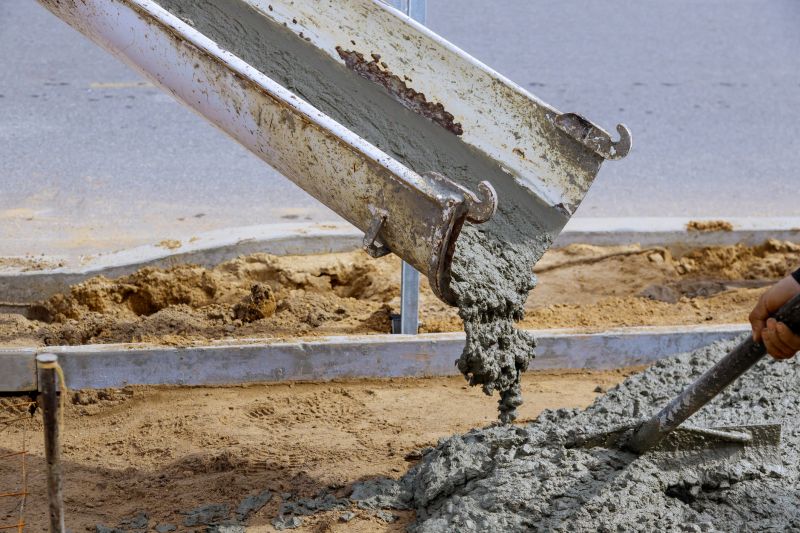
Ways to make Concrete Installations work in tight or awkward layouts.
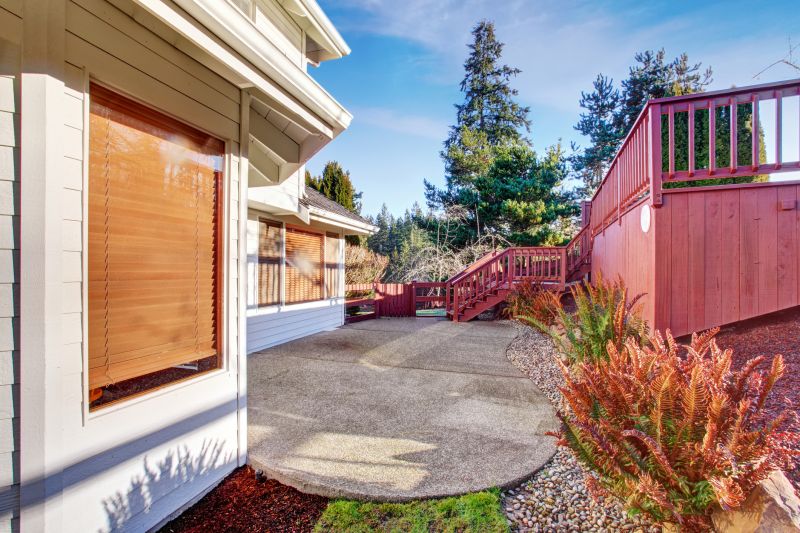
Popular materials for Concrete Installations and why they hold up over time.
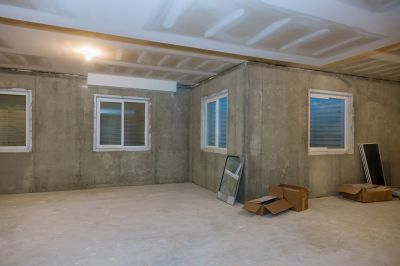
Simple add-ons that improve Concrete Installations without blowing the budget.
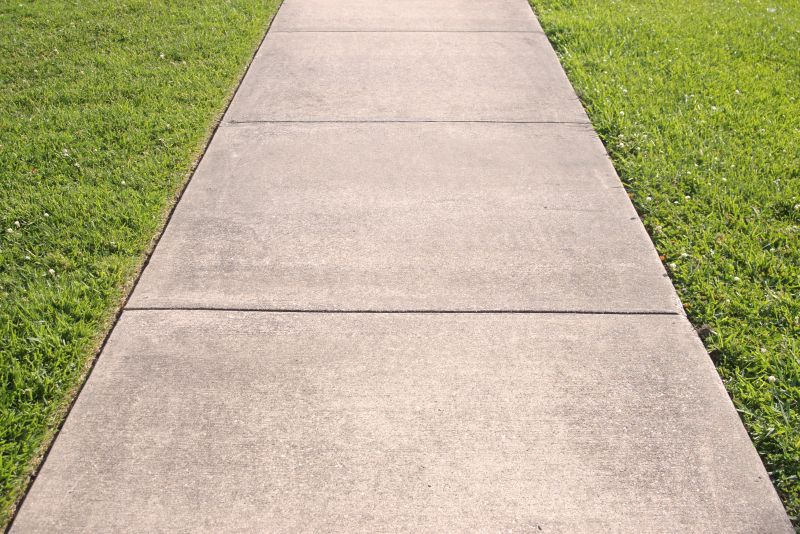
High-end options that actually feel worth it for Concrete Installations.
Concrete installations require careful planning to align with seasonal conditions. Proper timing ensures the concrete cures evenly, achieving maximum strength and longevity. Weather factors such as temperature fluctuations, rain, and humidity significantly impact the curing process, making seasonal awareness essential for quality results.
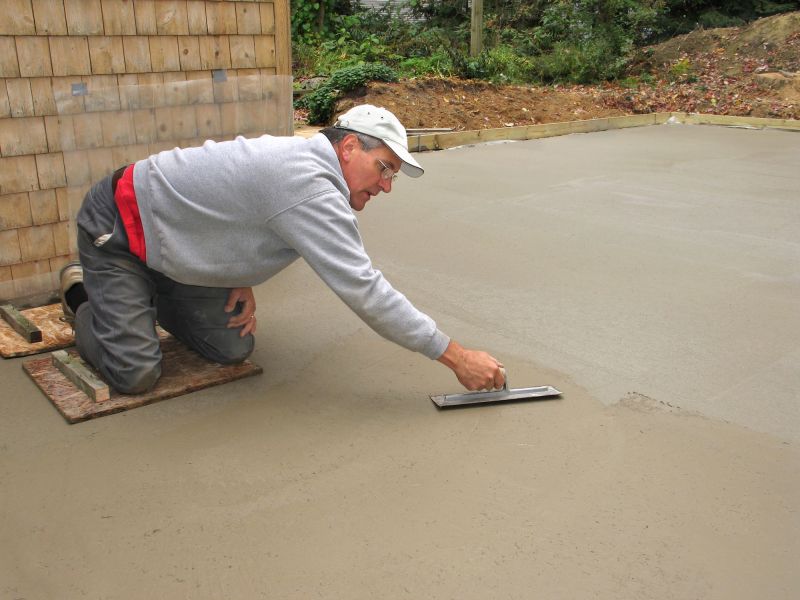
Finishes and colors that play nicely with Concrete Installations.

Little measurements that prevent headaches on Concrete Installations day.

A 60-second routine that keeps Concrete Installations looking new.
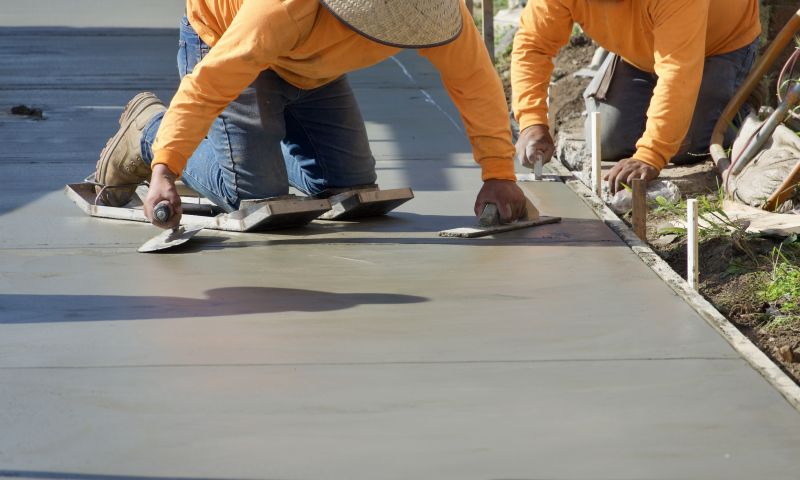
A frequent mistake in Concrete Installations and how to dodge it.
| Season | Recommended Conditions |
|---|---|
| Spring | Temperatures between 50°F and 70°F, moderate humidity |
| Summer | Early morning or late evening pours, avoid peak heat |
| Fall | Stable temperatures, dry weather |
| Winter | Avoid unless using heated enclosures or additives |
Choosing the right time for concrete installation enhances the structural integrity and reduces maintenance needs over time. Proper scheduling around weather patterns and seasonal variations is essential for achieving high-quality results and long-lasting structures.
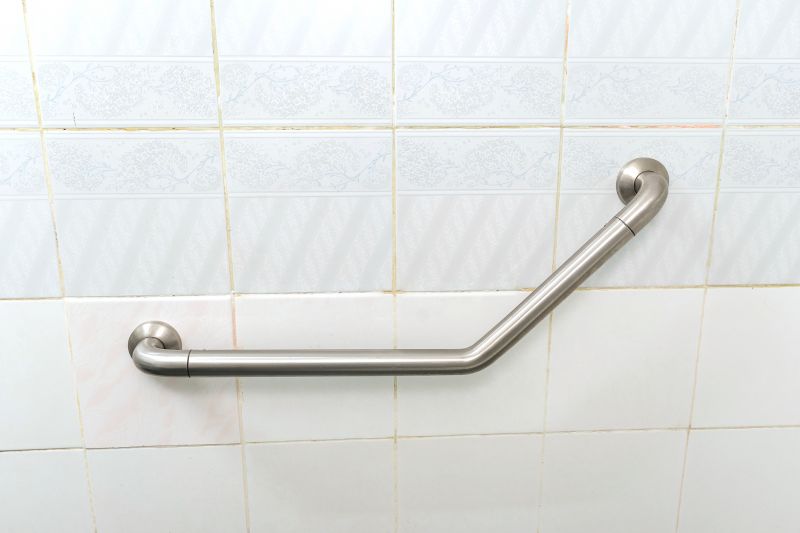
Small tweaks to make Concrete Installations safer and easier to use.
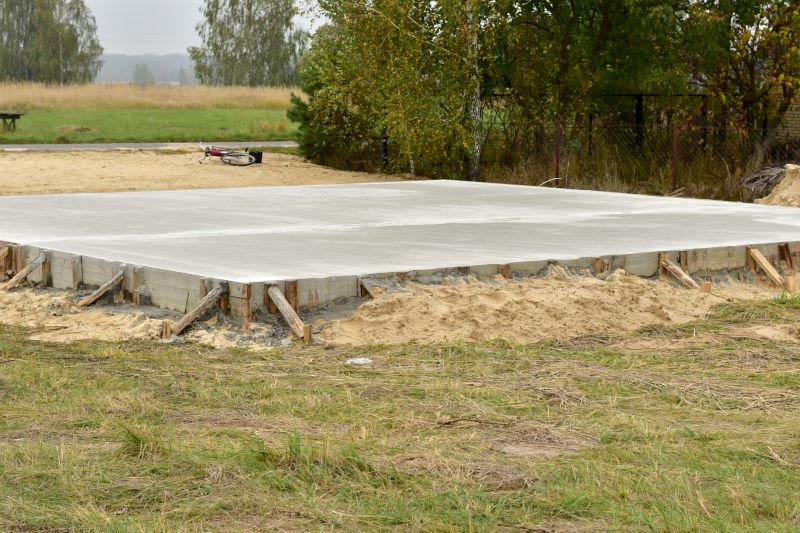
Lower-waste or water-saving choices for Concrete Installations.
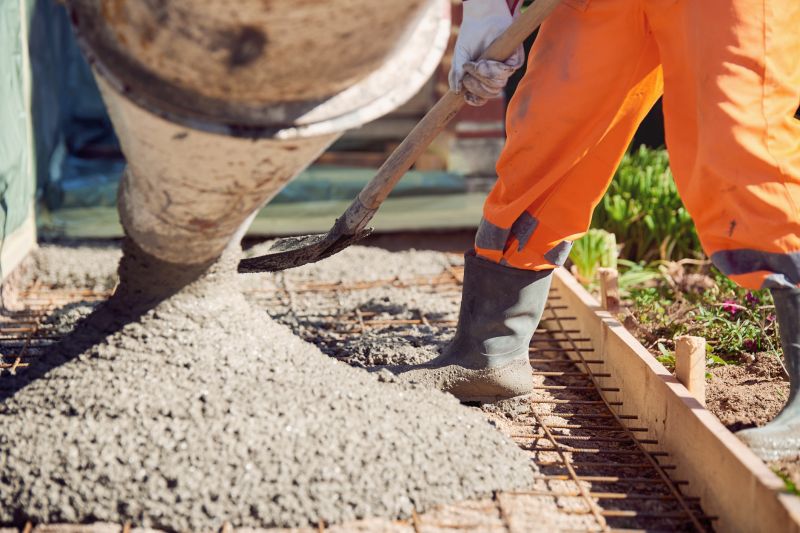
The short, realistic tool list for quality Concrete Installations.
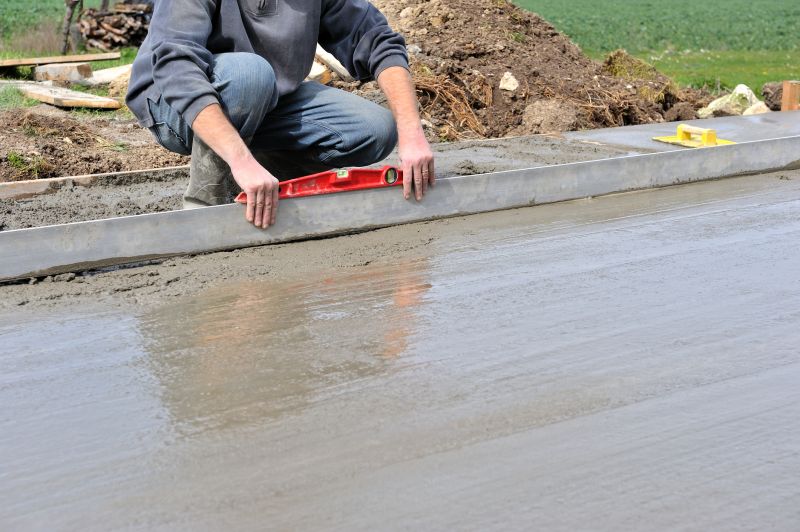
Rough timing from prep to clean-up for Concrete Installations.
Interested parties are encouraged to contact for more information on scheduling concrete installations. Proper timing can significantly influence the longevity and performance of concrete surfaces, making expert guidance valuable for optimal results.
